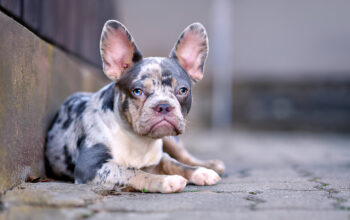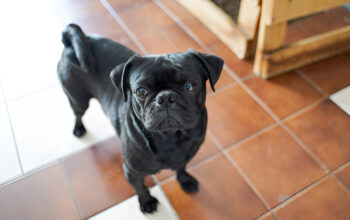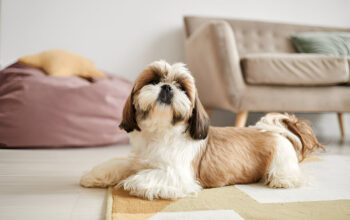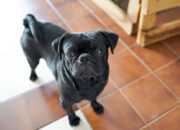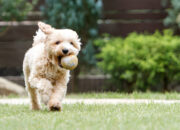Pomeranian Dog – Full Breed Information, Care Guide, Temperament, Grooming, Training and more!
Lead – The Cute and Playful Pomeranian Dog
The Pomeranian dog, commonly known as the Pom is a tiny but a highly smart breed of dogs famous for its lively and jolly temperament and a lush fluffy coat. These dogs are considered to be toy dogs and come from an area called Pomerania, in Germany and Poland. With their bold personality, alert character, and friendly attitude, Pomeranians are perfect for city or suburban life.
Pomeranians may be small in size, but they have the heart of a lion, with a mane to match and a tail that arches over their back while strutting around the yard, surprising with an attitude outgrowing their tiny body. Let’s take a look at all the important stuff you need to know about this sweetheart of a dog breed.
The genesis of the Pomeranian
Royals Genealogy and International Fame
The breed is a descendant of the Spitz type sled dogs, which has been used in the Arctic for pulling sleds for at least 400 years. Originally large (averaging 30 pounds or so), the breed was miniaturized over generations, and for a while was popular only among the landed gentry of Europe as a kind of fashionable lapdog.
Queen Victoria of England was one of the breed’s most well-known aficionados as she owned a small red Pomeranian dog named Marco. Her inspiration for the hat in basic type from early dogs, to the smaller, fluffy dog seen today.

Look – What is a Pomeranian?
Size and Weight
Pomeranians are considered to be a toy breed, and thus a smaller breed of dog. They reach an average height of 6 to 7 inches (15 to 18 cm) at the shoulder, and weigh 3 to 7 pounds (1.3 to 3.1 kg). For a small cairn their body is strong and well proportioned.
Coat Texture and Colors
Thick double coat is one of the most recognizable features of the Pomeranian. It consists of:
- Thick fur for protection from the cold
- A long and straight coat outside for protection
Popular coat colors include:
- Orange
- Black
- Cream
- Blue
- Red
- Chocolate
- White
- Sable
Parti-color: (patches of 2 or more colors)
Blue Merle
Regular shedding occurs every year, especially in spring and fall.
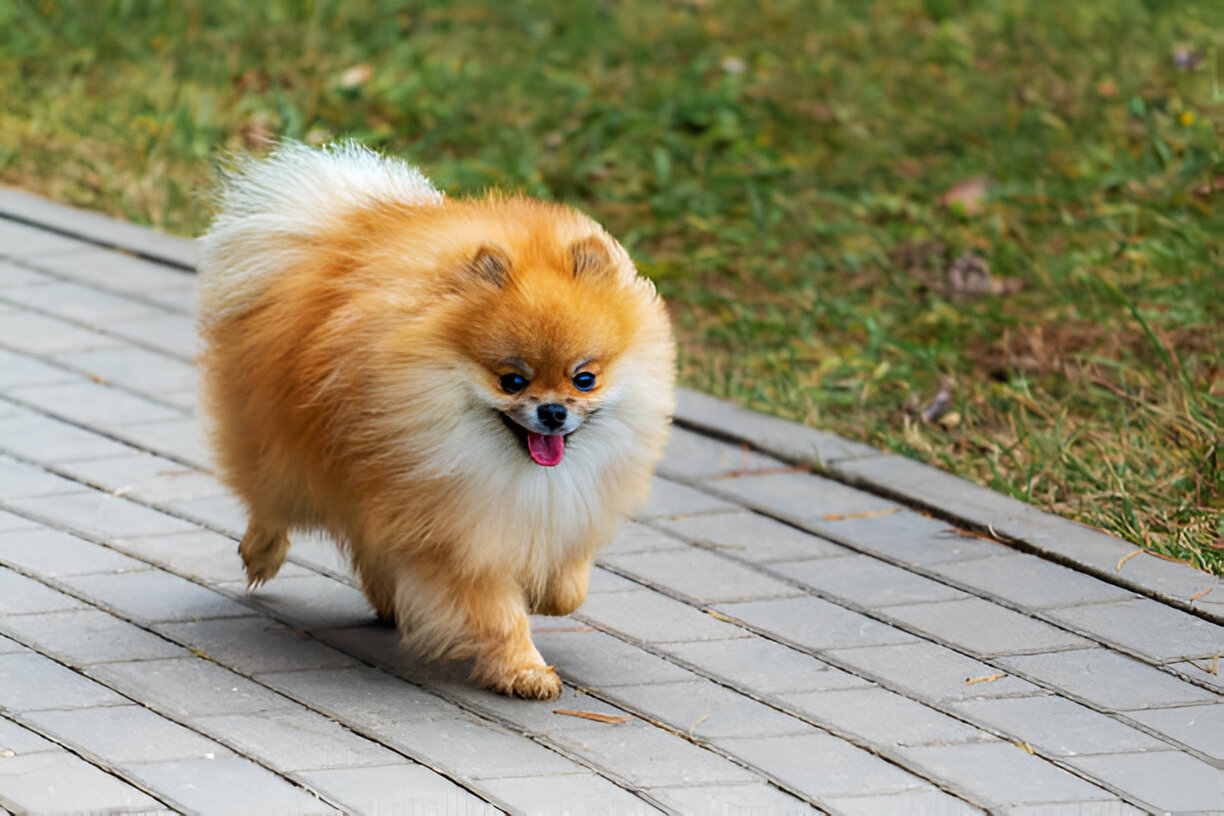
Eyes, Ears, and Tail
- Eyes: medium, almond-shaped, and expressive
- Ears:Little and triangle and stand erect.
- Tail: Tapered and rests over back like a plume
These characteristics endow the Pomeranian with a foxy look that happens also to be so photogenic and appealing globally.
Pomeranian’s Personality and Temperament
Smart and Nosey
Pomeranians are recognized for their mental acuity. They can learn commands, tricks, and even solve puzzles with ease. They are smart dogs and so respond well to tasks that exercise their brains.
Lively and Vocal
Swelling the ranks of […] [This article was originally published on September 12; we have re-arranged the schedule to highlight it anew.] Despite being small in size, Pomeranians have a big voice. They bark with joy and they tend to bark their owners if things are awry. This can make them ideal watch dogs but they will bark a lot if not properly trained.
Affectionate and Loyal
Pomeranians develop quite the attachment to that human family. They are cuddly lap dogs, who enjoy a good snuggle, yet are also very independent and able to entertain themselves with appropriate toys if alone.
Pomeranian Training and Socialization Tips (With Videos)
First Training Is Crucial
It is best if you start training your Pom as soon as possible. Begin with basic obedience:
- Sit
- Stay
- Come
- No-bark command
- Crate training
Employ positive reinforcement methods including treats and praises.
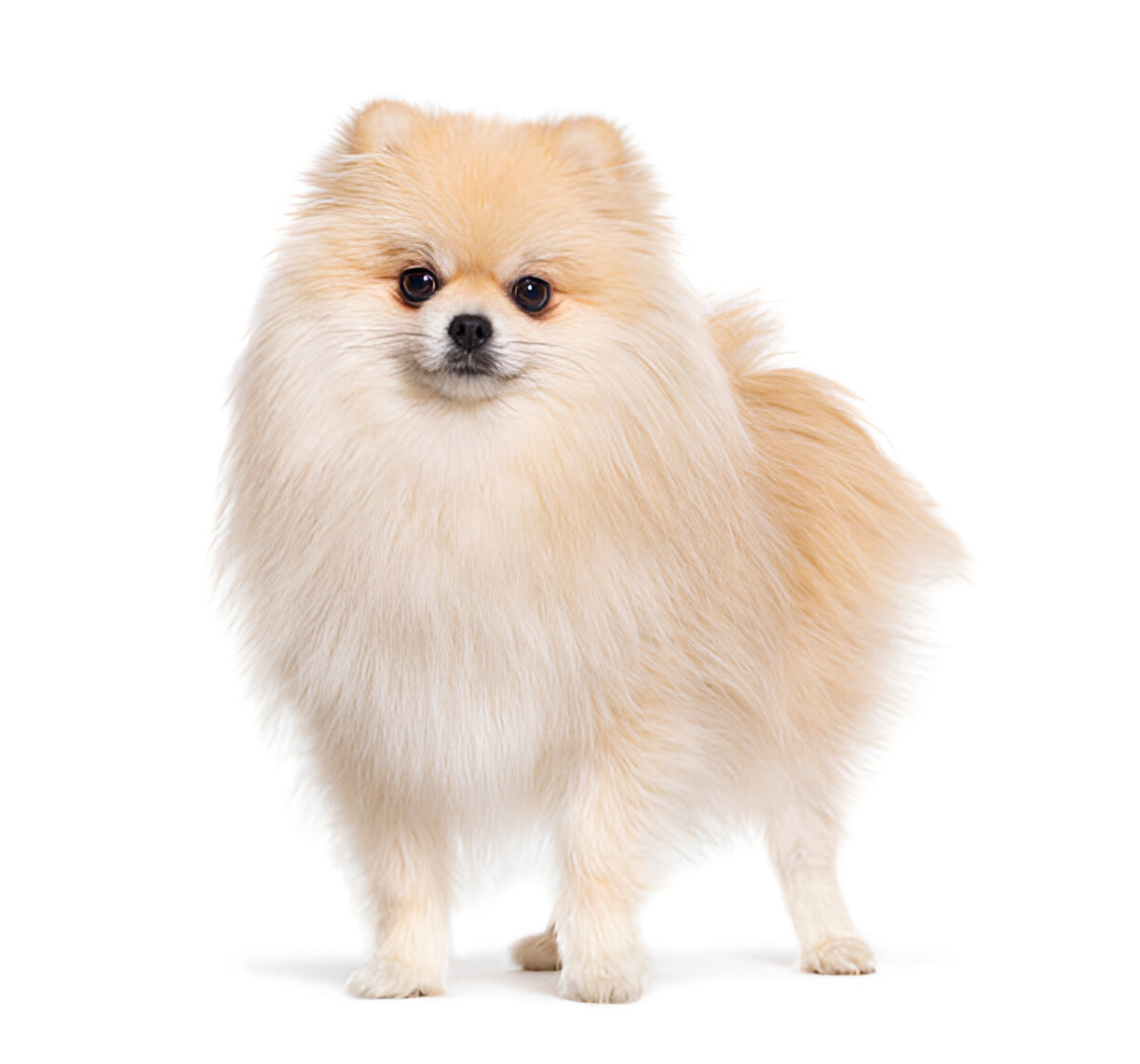
Socialisation for Warmth and Confidence
Pomeranians are naturally alert and cautious. Introduce them to:
- Different people
- Other pets
- New sounds and environments
This leads to a less barky, fearful dog particularly in the adult dog.
Potty Training
They are tiny and for this reason not so easy to house-break. Persist with patience You may have a house-training playmate: a crate, an safe area or another dog.
Physical activity requirement and energy level
Daily AcHvity Regimentions
Pomeranians are small, but they are energetic little dogs and they require 30–60 minutes of exercise each day. Suitable activities include:
- Short brisk walks
- Indoor activities like playing fetch or tug-of war
- Brain games for little think banks
Be cautious when it’s hot—this breed is sensitive to heat because of the heavy coat.
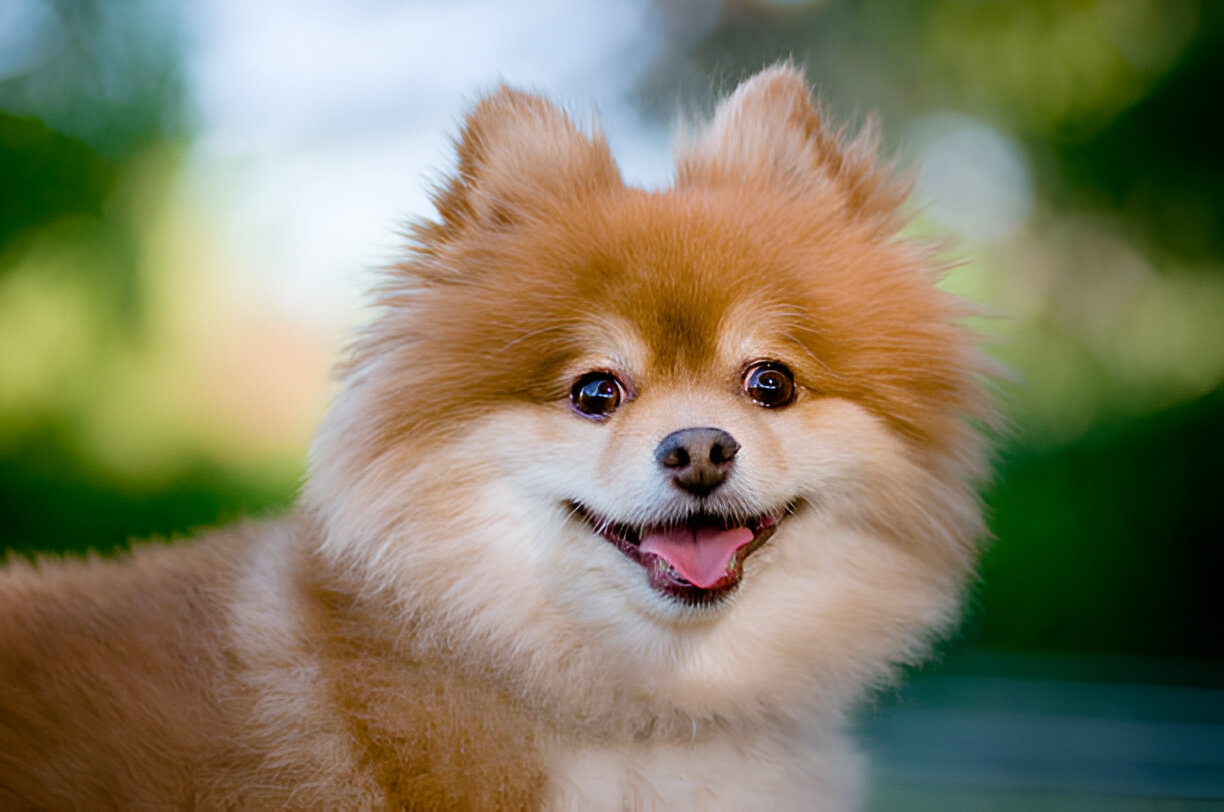
Grooming and Maintenance
Brushing and Coat Care
Words of advice to maintain your Pomeranian’s coat and keep it healthy:
- Slicker brush and comb daily
- Detangle to Prevent Matting
- Spray with a detangler if needed
Bathing Routine
- Bathe every 3–4 weeks
- Wash with a mild dog shampoo
- Dry completely to avoid chills and skin problems
Other Grooming Needs
- Trim nails every 2–3 weeks
- Your teeth need to be brushed on a daily basis to minimize gum disease.
- Prevent your dog ears from infection by cleaning it weekly
- Poms also tend to get tear stains, so make sure to keep around the eyes clean.

Pomeranians Health Problems parties and celebrations.
The breed is generally healthy, however may be susceptible to:
Genetic Issues and Breed-Specific Challenges
- Tracheal Collapse – Results from softened cartilage in the windpipe
- Luxating Patella – The kneecap that moves out of its natural position
- Alopecia X (Black Skin Disease) – Loss of hair, darkening of the skin
- Alopecia X (Black Skin Disease) – Causes baldness and dark skin
- Tooth Issues – This is something smaller breeds tend to deal with a lot as teeth are so overcrowded.
- Valvular -e.g. heart murmurs and valve diseases
Preventative Health Care
- Annual veterinary checkups
- Immunizations and Control of Parasite
- Proper diet and exercise
With good care, Pomeranians can live a long life of 12 to 16 years or even longer.
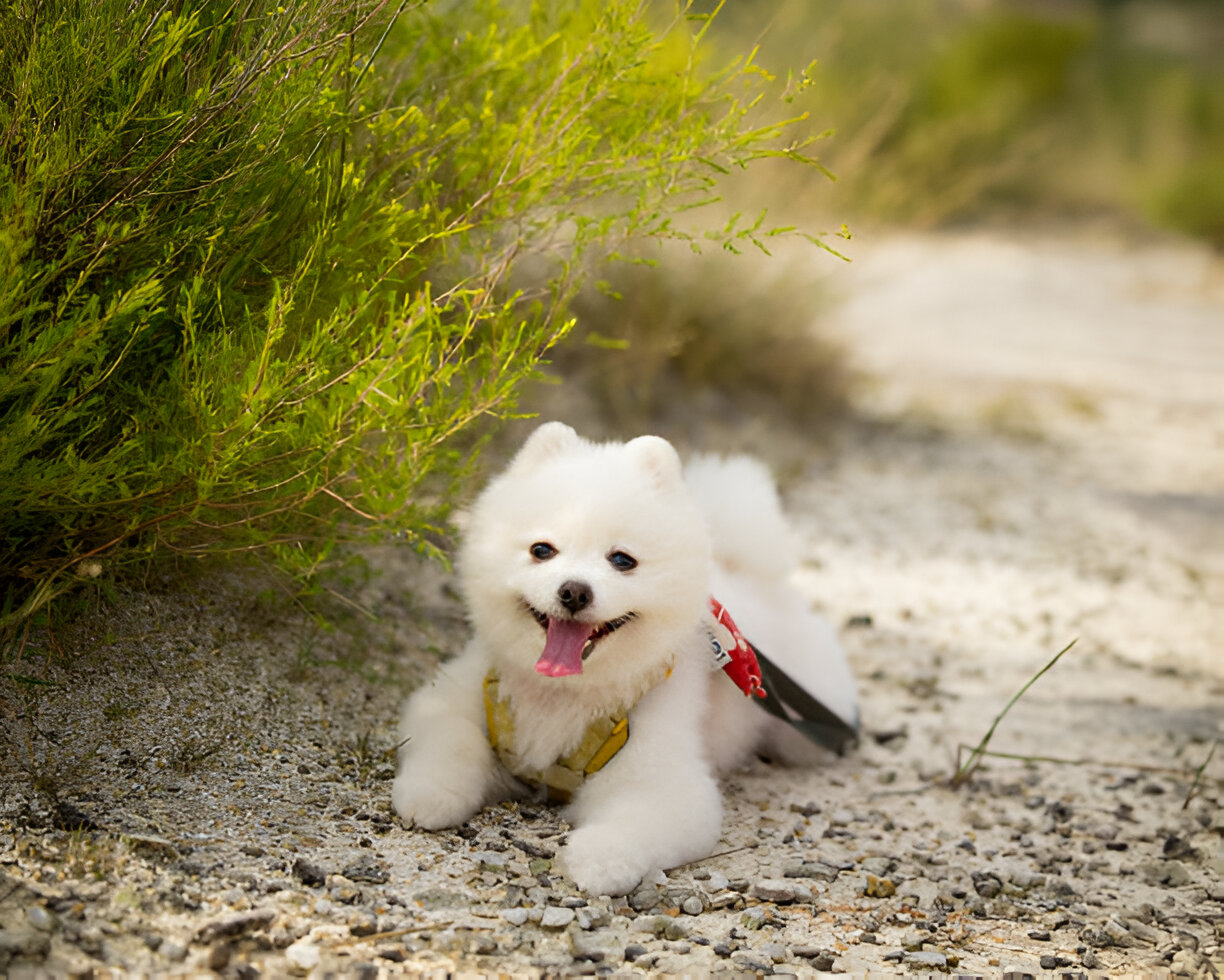
Best Diet And Nutrition For Pomeranians
Nutritional Needs
- Back to Top Proven Nutrition Protein-Packed Kibble .
- For added: Good fats, omega-3s, fiber
- To taste, with fresh vegetables and small portions of fruit.
Feeding Schedule
- Feed 2–3 small meals daily
- Do not overfed them to avoid obesity
- Provide fresh water at all times
Habitat – Apartment Companions and Adjustable A Chihuahua requires a habitat that can be in any form of apartment/home.
Perfect for Urban Living
A Pom does great in an apartment or a small house, provided it’s given plenty of exercise and mental stimulation. They crave soft beds, sunny spots and the proximity of their humans.
Climate Sensitivity
Poms thrive in colder weather thanks to their thick double coat. In warmer weather:
- Keep them in when it’s hottest
- Provide shade and hydration

Is the Pomeranian the Dog for You?
A POMERANIAN IS PERFECT FOR:
- Families with older children
- Singles or couples
- Older adults in searcho f a friend
- Grooming-commitment first-time dog owners
They may not be ideal for:
- Households with toddlers
- Individuals in serach for an extremely silent breed
- Haters of any grooming duties

Where to Find a Pomeranian Puppy or Rescue
- Top-Notch Breeders: Request health certificates and visit in person.
- Pomeranian Rescues: An excellent method of acquiring a loving home for a Pom in need.
- Stay Away from Puppy Mills: These are generally about money and not the well-being of animals.
Always select breeders or shelters who also put a priority on health, temperament and ethical breeding.


